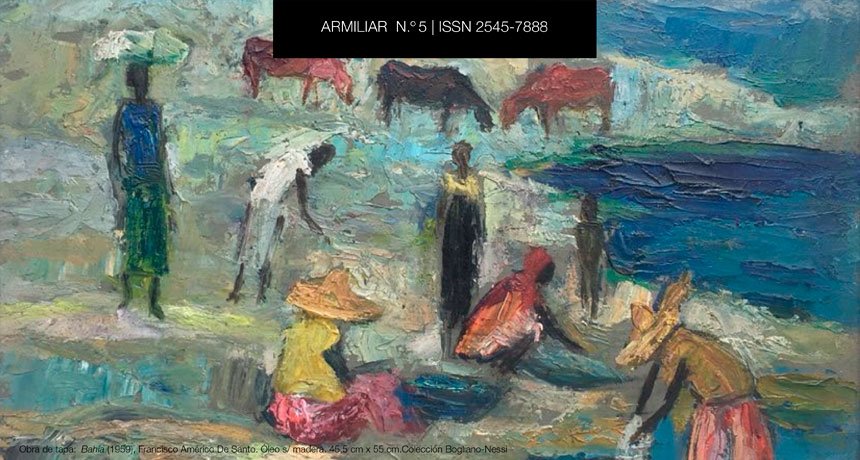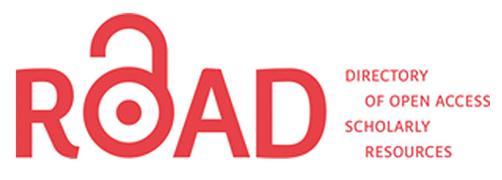Artistic Education in Argentina: New Approaches
DOI:
https://doi.org/10.24215/25457888e038Keywords:
Artistic education, artistic institutions, Argentina, 20th centuryAbstract
The workshop Historia de la educación artística en la Argentina del siglo xx: instituciones, agentes, archivos [History of the artistic education in Argentina in the 20th century: institutions, agents, archives] shared ongoing work on different establishments and actors in the field of artistic training in the country. In recent years there has been a growing development of researches in the art history about the institutionalization of artistic education; however, the articulation of the various approaches is still pending. It is in this line that the event was proposed as an instance of favorable exchange with representatives of different universities in Argentina.Downloads
Downloads
Published
How to Cite
Issue
Section
License
Current policy since 2019
The acceptance of the manuscript by the magazine means the non-exclusive cession of the property rights of the authors in favour of the editor, who allows the reuse, after publication (post print), under a license Attribution-NonCommercial-ShareAlikes 4.0 International (BY-NC-SA 4.0).
According to these terms, the material can be copied and redistributed by any means or in any format as long as a) the author and original source of the publication are quoted (magazine and URL of the work), access to the license is provided and whether changes have been made is mentioned; and b) the material is not used for commercial purposes.
The cession of non-exclusive rights means that after the publication (post print) in Armiliar the authors can publish their work in any language, means and format; in such cases it must be mentioned that the material was originally published in this magazine. Such cession also means the authorization of the authors for the work to be collected by SEDICI, the institutional archive of the Universidad Nacional de La Plata, and to be spread in the databases that the editorial team considers appropriate to increase the visibility of the publication and its authors.
Moreover, the magazine encourages the authors to deposit their productions in other institutional and thematic archives under the principle that offering the society the scientific and academic production without any restrictions contributes to a greater exchange of the global knowledge.



























